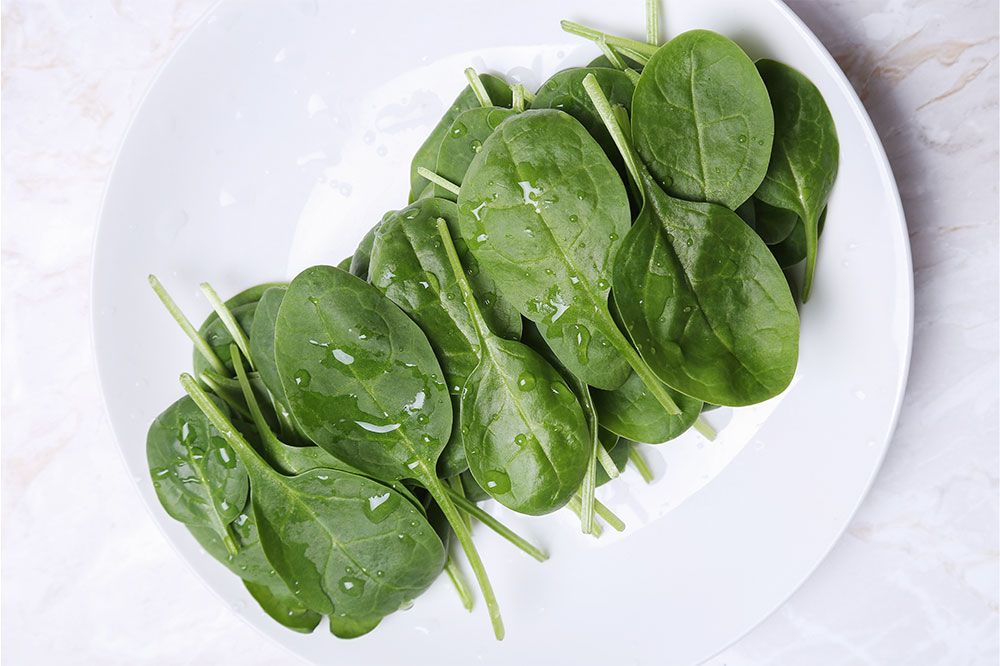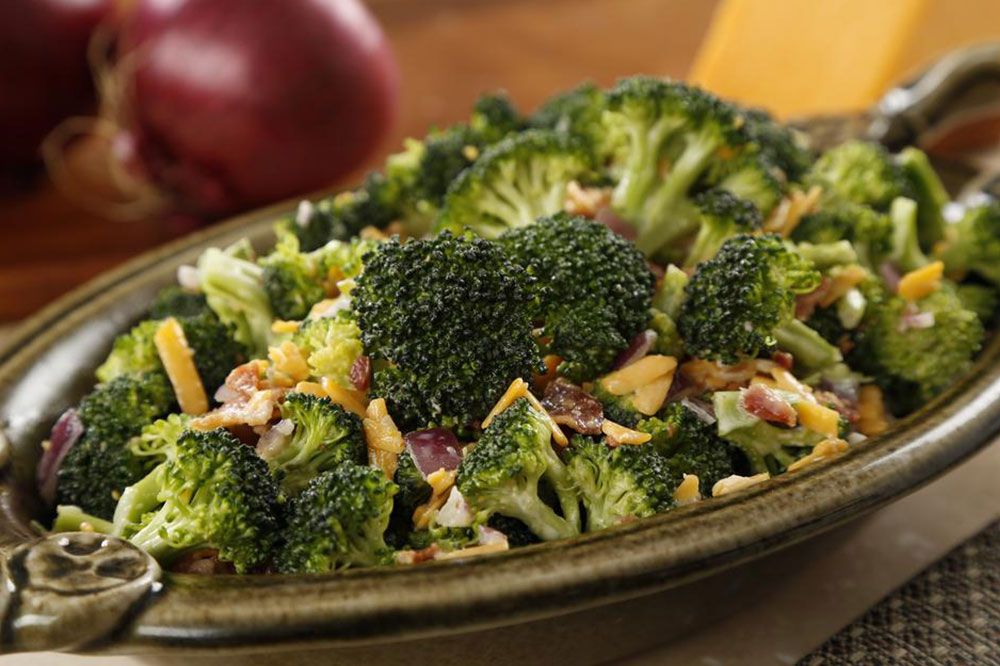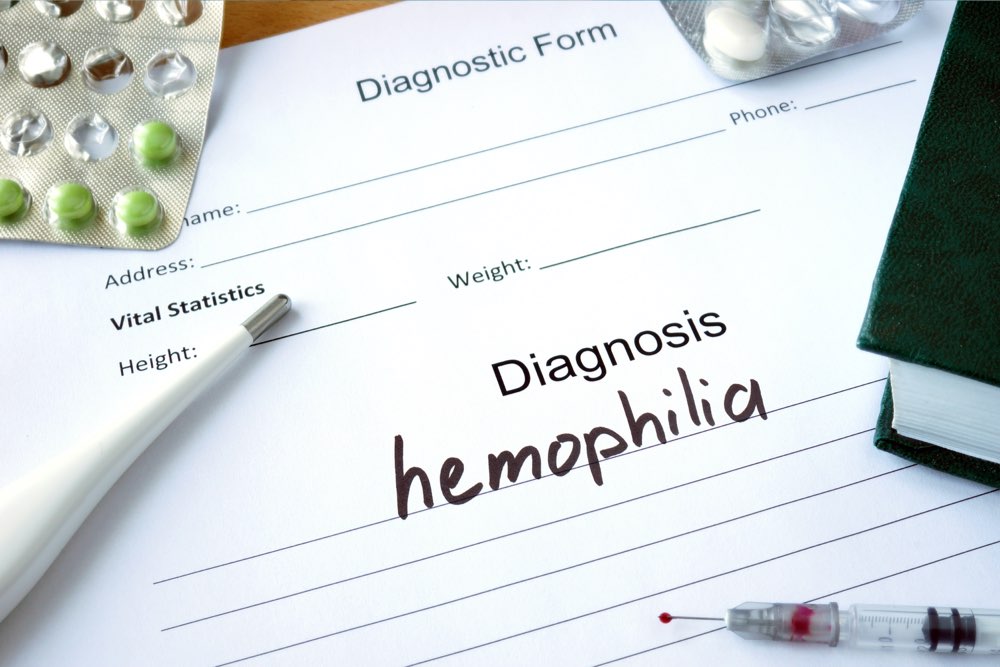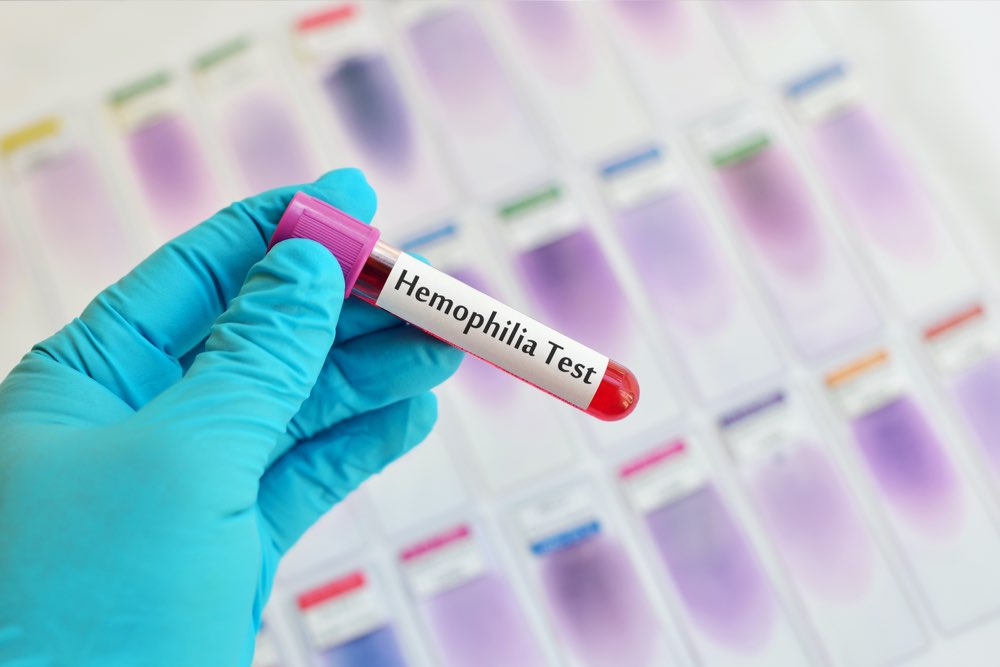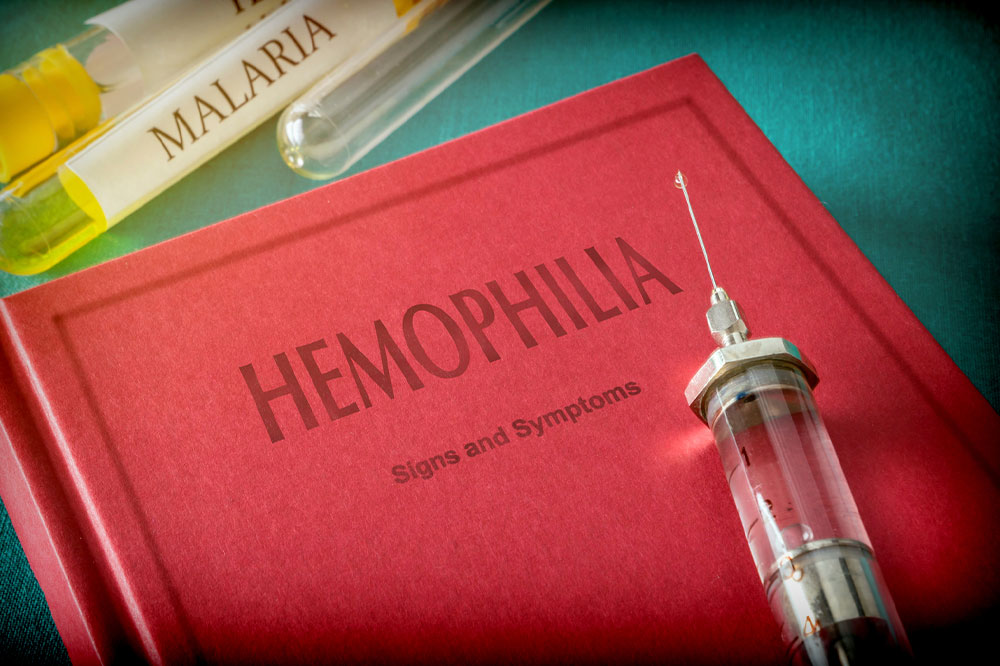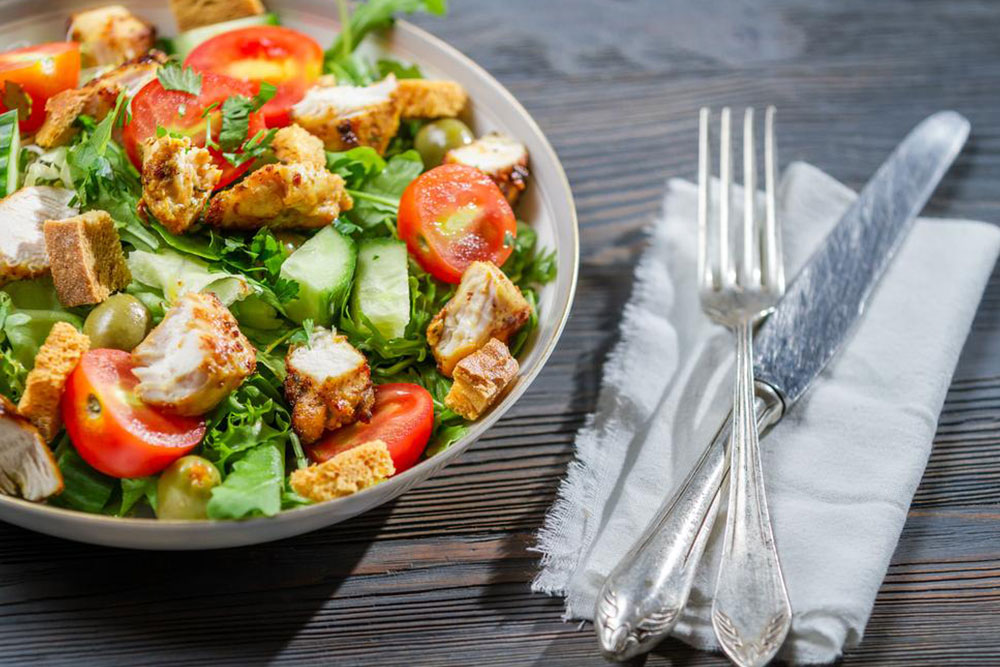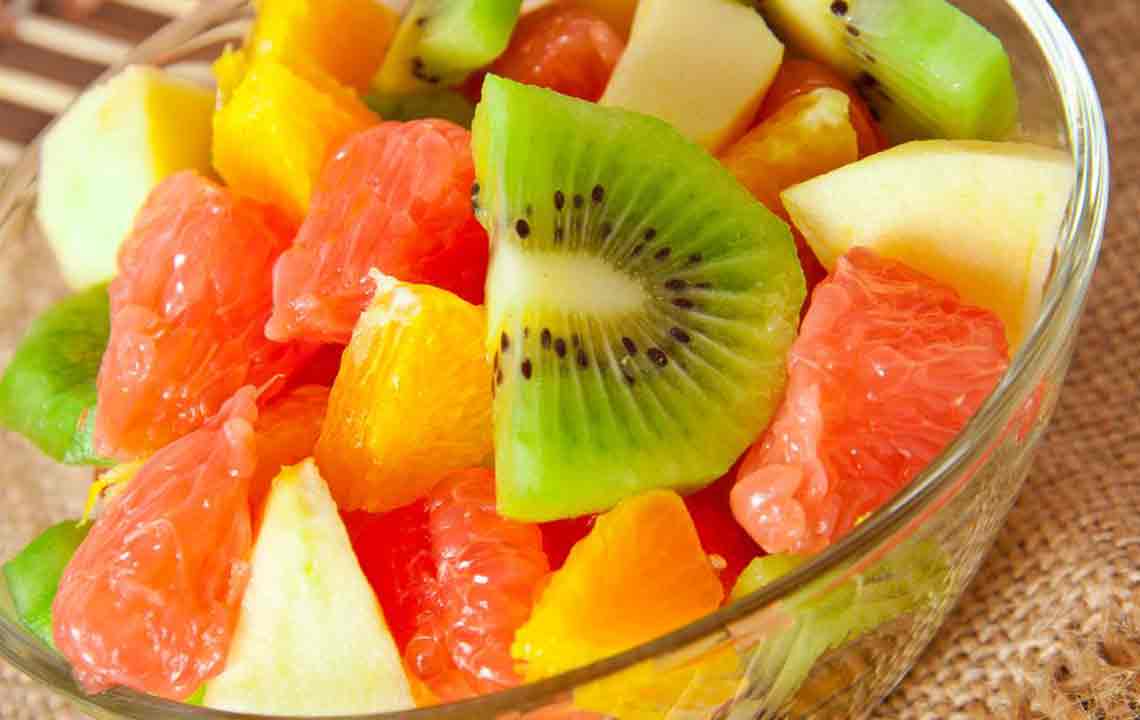Top 4 Nutritional Tips for Managing Hemophilia Effectively
Discover four essential foods that can aid in managing hemophilia symptoms and reducing complications. Incorporate whole grains, calcium-rich foods, leafy greens, and iron sources into your diet to support bone health, blood clotting, and overall well-being. This guide offers practical dietary tips for hemophilia patients to improve health outcomes naturally.
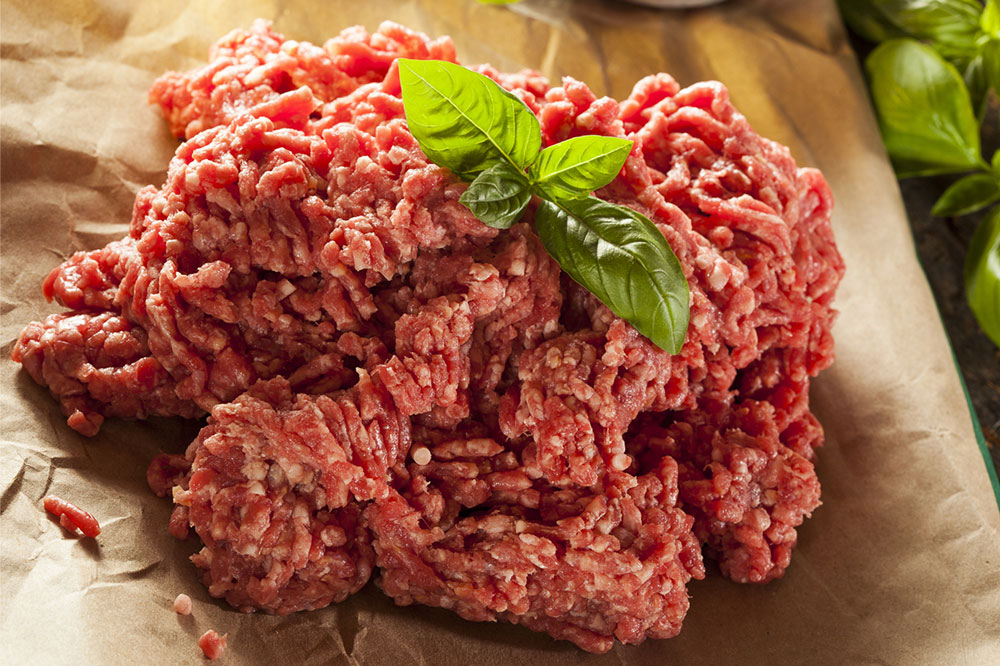
Top 4 Nutritional Strategies to Support Hemophilia Patients
Hemophilia is a hereditary condition typically identified early in life, characterized by the blood's inability to clot properly. This leads to excessive bleeding, which can pose serious health risks. The disorder results mainly from missing or defective clotting factors but can also be acquired through immune responses.
Besides medical treatments like physical therapy, medications, and vaccinations, smart dietary choices can play a key role in symptom management and preventing complications. Here, we highlight four foods that can support hemophilia patients:
Whole Grains
Foods such as oats, brown rice, and barley are nutrient-rich options that contain fiber, which aids in regulating blood sugar. Incorporating whole grains can lower risks related to heart disease and stroke, common concerns for hemophilia patients. These grains also help reduce inflammation, potentially decreasing internal bleeding episodes.
Calcium-Rich Foods
Calcium is essential for strong bones and teeth, preventing damage and blood loss linked to fragility. It also helps prevent conditions that might cause internal bleeding or muscle injury. Dairy, sardines, and pilchards are excellent calcium sources.
Leafy Green Vegetables
Dark leafy greens such as kale, spinach, and collard greens are packed with minerals and vitamin K, which supports proper blood clotting. These vegetables also contribute to bone health and may help manage hemophilia-related complications. Cabbage and beet greens are additional beneficial options.
Iron-Infused Foods
Iron plays a crucial role in producing red blood cells, aiding muscle development and recovery after bleeding episodes. Dark chocolate, white beans, and baked potatoes are rich in iron, helping replenish levels swiftly following bleeding events.

